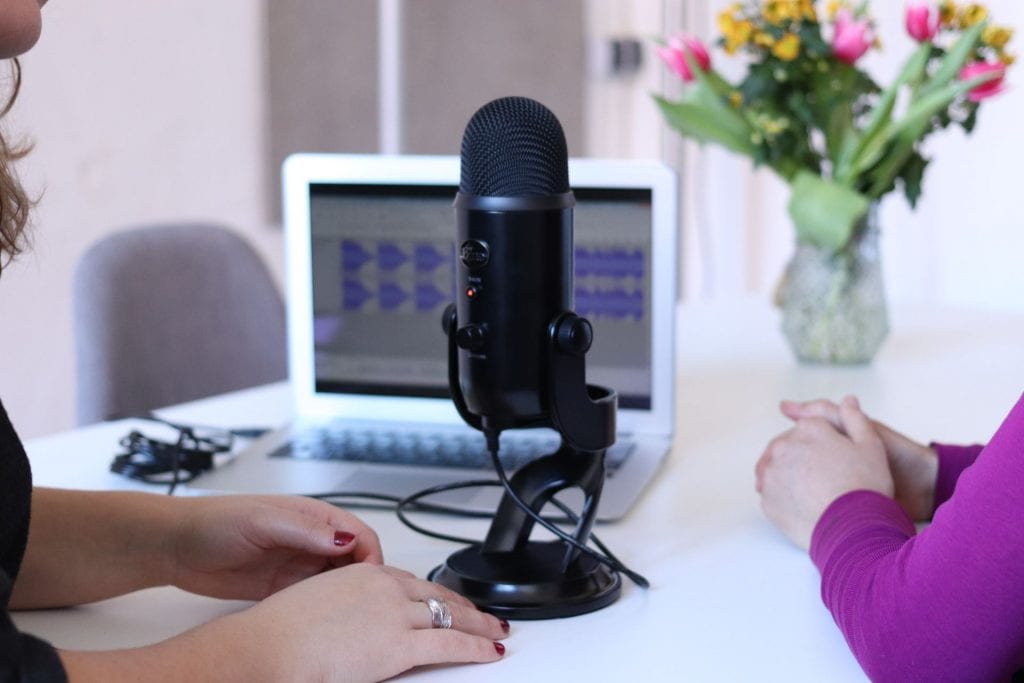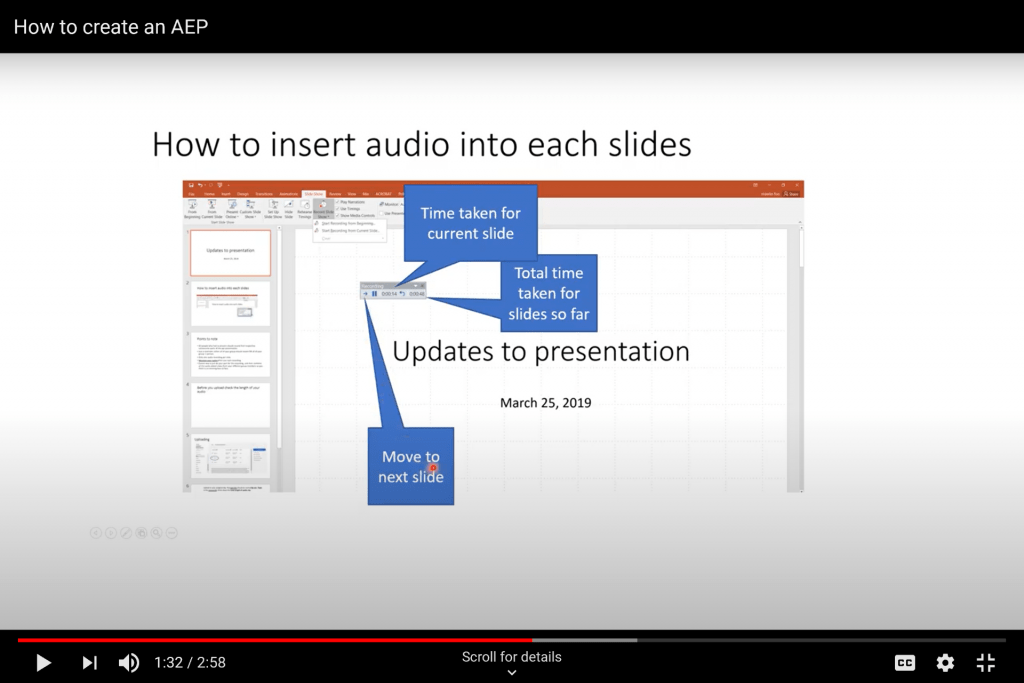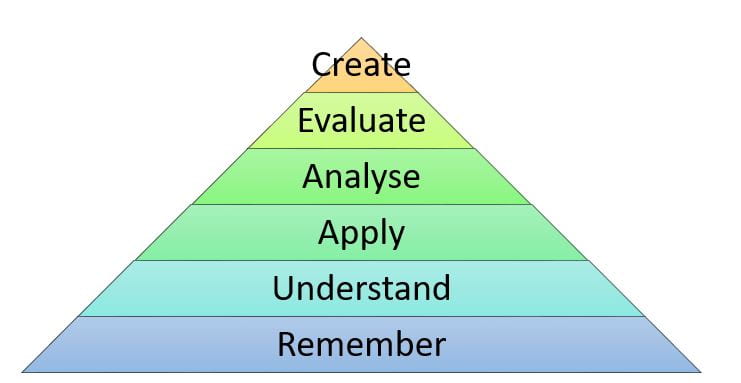FOO Maw Lin
Department of Chemistry, Faculty of Science (FoS)
Maw Lin shares his experience of using accessible teaching tools like PowerPoint to apply alternative ways of conducting social-distanced group presentations for his class.

Introduction
Face-to-face (F2F) group presentation is a commonly used technique for assessing students in higher level modules in the Faculty of Science. For CM4282 “Energy Resources”, a Year 4 module in the Department of Chemistry, F2F group presentation has been an integral part of assessment since its inception. However, with the implementation of full online teaching in April 2020, I was confronted with the challenge of conducting social-distanced group presentations for the 16 groups taking CM4282. Instead of shifting the presentations to real-time online platforms such as Zoom, I implemented audio-enhanced PowerPoint presentations (AEPs) and written question-and-answer (Q&A) to achieve additional learning outcomes in CM4282 such as higher-order thinking and concise writing skills, which are not easily achieved in a real-time (F2F or online) presentation.
Audio-enhanced Presentations (AEPs)
During one of the tutorial sessions, I showed the students, via a Zoom live lecture, how they could create an AEP using Microsoft PowerPoint for submission in LumiNUS. An AEP is basically a PowerPoint file embedded with audio that will play automatically in presentation mode (click on Figure 1 – Video on creating an AEP to watch the video). For instructional clarity, a sample AEP was uploaded after the lesson.

AEPs were used instead of screen recordings as it is much easier to combine and merge separate AEPs from different group members into a single file via copy and paste, compared to stitching separate .mp4 video files with a video editing software. AEPs are not only easy to produce, they also allow students the flexibility to record their individual parts of the presentation in their own time and physical space. In addition, there is no need for students or instructors to meet online at a designated time for a real-time presentation.
One important tip when implementing AEPs is to ask students to fill the “speaker notes” section in PowerPoint so that the instructor can review the full text of the recorded audio for each slide, in case the recorded audio for any student is muffled due to technical issues. This also ensures that students take time to think through, reflect on, and write down their respective presentations instead of making impromptu speeches. The final submitted AEP should also include a time limit to keep the presentations short and succinct.
Written Question-and-Answer (Q&A)
After reviewing the AEP of each group, the conventional live Q&A was replaced by a written Q&A. I emailed five questions to each group, and the students were expected to reply the email with their completed answers within 24 hours. To keep their answers concise, students were given explicit instructions to strictly observe a five-sentence limit for each question.
This approach again overcomes the issue of geographical separation; the group distributes the questions amongst its members (each group has between four and five students), who can answer individually at their own timing by the given deadline. As an instructor, I realised that with additional time to set questions and for students to answer, I can pose more challenging questions which target more advanced competencies such as “Apply”, “Analyse”, and “Evaluate” in the upper rungs of Bloom’s taxonomy (Bloom, 1956) (Figure 2).

I was pleasantly surprised by the consistent quality and depth of the answers received from all the groups involved. In a recent post-module survey, the majority of survey respondents (83%) agreed that the written questions were relevant and aided in critical thinking.
Conclusion
I have shared an alternative mode of conducting social-distanced group presentations which does not involve real-time presentations and Q&A. Using AEP and written Q&A would allow students to manage assessment demands flexibly and collaboratively. Students also learn how to prepare AEPs, which may become increasingly important in the social-distanced future of work. In addition, written Q&As allow instructors to design more complex questions to promote critical thinking (Allen, 2013). By preparing short and succinct written answers (within five sentences), students get the opportunity to improve their scientific writing skills as well.
 |
FOO Maw Lin is a lecturer from the Department of Chemistry at the Faculty of Science (FoS), and has previously taught chemistry and materials science in the United States, Canada, and Japan. He is passionate about using game-, group-, and problem-based learning to enhance critical thinking in science students. Maw Lin can be reached at chmfml@nus.edu.sg. |
References
Bloom, B. S. (1956). Taxonomy of Educational Objectives, Handbook I: The Cognitive Domain. New York: David McKay Co Inc.
Allen, C. (2013). Bloom’s Critical Thinking Cue Questions. Retrieved from http://www.asainstitute.org/conference2013/handouts/20-Bloom-Question-Cues-Chart.pdf.

